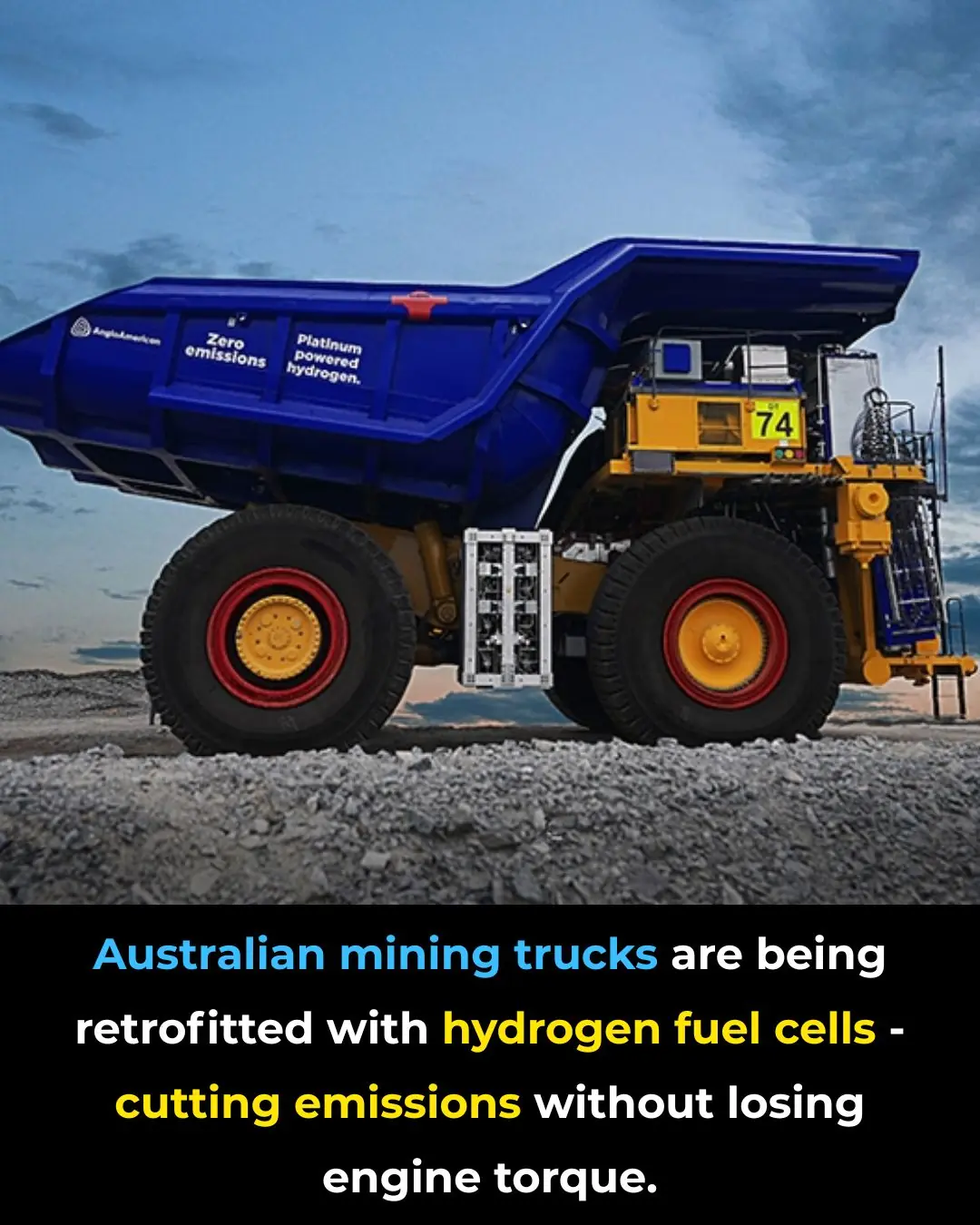
Deep-Sea Discovery: How “Battery Rocks” Are Producing Oxygen 4,000 Meters Below the Pacific
Deep-Sea Discovery: How “Battery Rocks” Are Producing Oxygen 4,000 Meters Below the Pacific
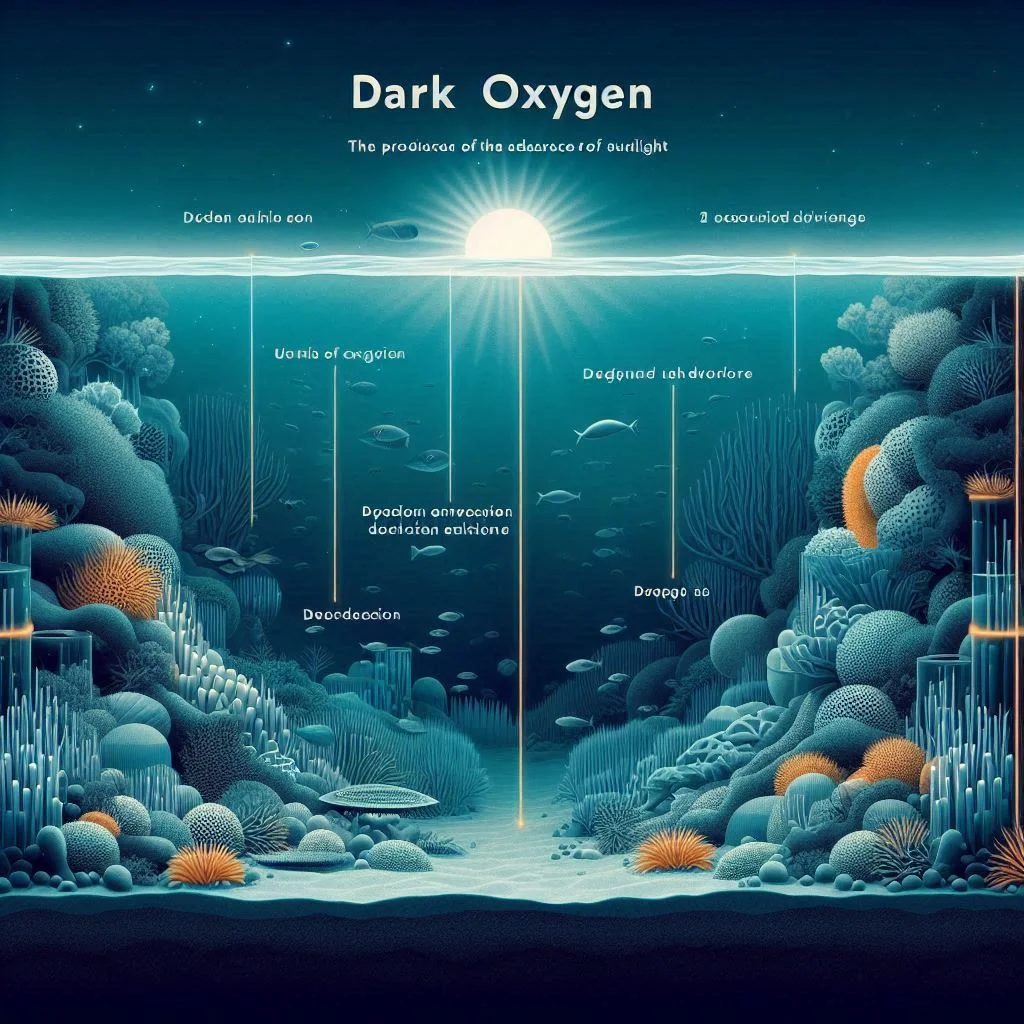
In the total darkness of the Pacific Ocean’s abyss—4,000 meters below the surface—scientists have uncovered an extraordinary phenomenon. On the seafloor of the Clarion-Clipperton Zone (CCZ), trillions of metal-rich nodules, once considered valuable only for mining rare metals like cobalt and nickel, are now revealing a far greater secret: they’re producing oxygen in the absence of light or life.
What Are These “Battery Rocks”?
These small, potato-sized formations—also known as polymetallic nodules—are acting like natural geobatteries. They harness the voltage difference between seawater and the minerals inside them to split water molecules (H₂O), creating both hydrogen and oxygen without sunlight or microbial life.
Key Features of These Deep-Sea Oxygen Factories:
-
Generate oxygen naturally — no light or living organisms required
-
Challenge long-standing theories about life’s origins on Earth
-
Offer a new lens into how extraterrestrial life might survive in dark, alien environments
Why This Changes Everything
These nodules are doing something previously thought impossible: creating oxygen in total darkness. Each one functions like a microscopic oxygen generator, potentially supporting deep-sea ecosystems we have yet to discover.
Potential Implications for Science and Space:
-
Could reshape how we search for life on other planets
-
Offer clues to Earth’s earliest life forms
-
Act as natural models for carbon capture or chemical innovation
Should We Mine or Protect These Natural Oxygen Generators?
As interest in deep-sea mining grows, so do the concerns. Over 25 countries have now called for a pause on polymetallic nodule mining in the CCZ. Why? Because we might be about to destroy ecosystems and life-support systems we’ve barely begun to understand.
The Deep-Sea Mining Dilemma:
-
Unexplored ecosystems may rely on these nodules
-
Oxygen production could be disrupted by extraction
-
Scientific value may far outweigh commercial value
🔍 Fun Fact: When researchers first detected oxygen around the nodules, they assumed their equipment was faulty. But follow-up lab tests confirmed it—the rocks themselves were generating oxygen.
Final Thought: Are We About to Mine Away a Deep-Sea Miracle?
The discovery of oxygen-producing rocks at extreme ocean depths is rewriting our understanding of Earth—and possibly, the universe. As we weigh the economic potential of deep-sea mining, we must ask: Are these "battery rocks" more valuable untouched?
News in the same category


Germany's Historic Negative Energy Prices: A Milestone in Renewable Energy's Potential and Challenges

The Incredible Hybrid Plant Growing Tomatoes and Potatoes in One

Bravery and Compassion: A Villager's Heroic Rescue of a Baby Elephant

Toyota Corolla's Timeless Legacy: 2 Million Kilometers on One Engine

Refrigerator has a small button that can save millions in electricity bill

Can a Tea Bag Really Keep Mice and Spiders Away

From Party Boy to Math Genius: How a Life-Changing Blow Unlocked a Hidden Talent

Japanese Biologist Wins Nobel Prize for Groundbreaking Discovery of Autophagy and Its Potential in Medicine

Young Boy’s Heartwarming Gesture of Generosity Moves Restaurant Staff to Offer Free Meal

A New Era of High-Rise Emergency Evacuation

The Sun-Powered Mountain Ranges That Made China the Global Solar Leader
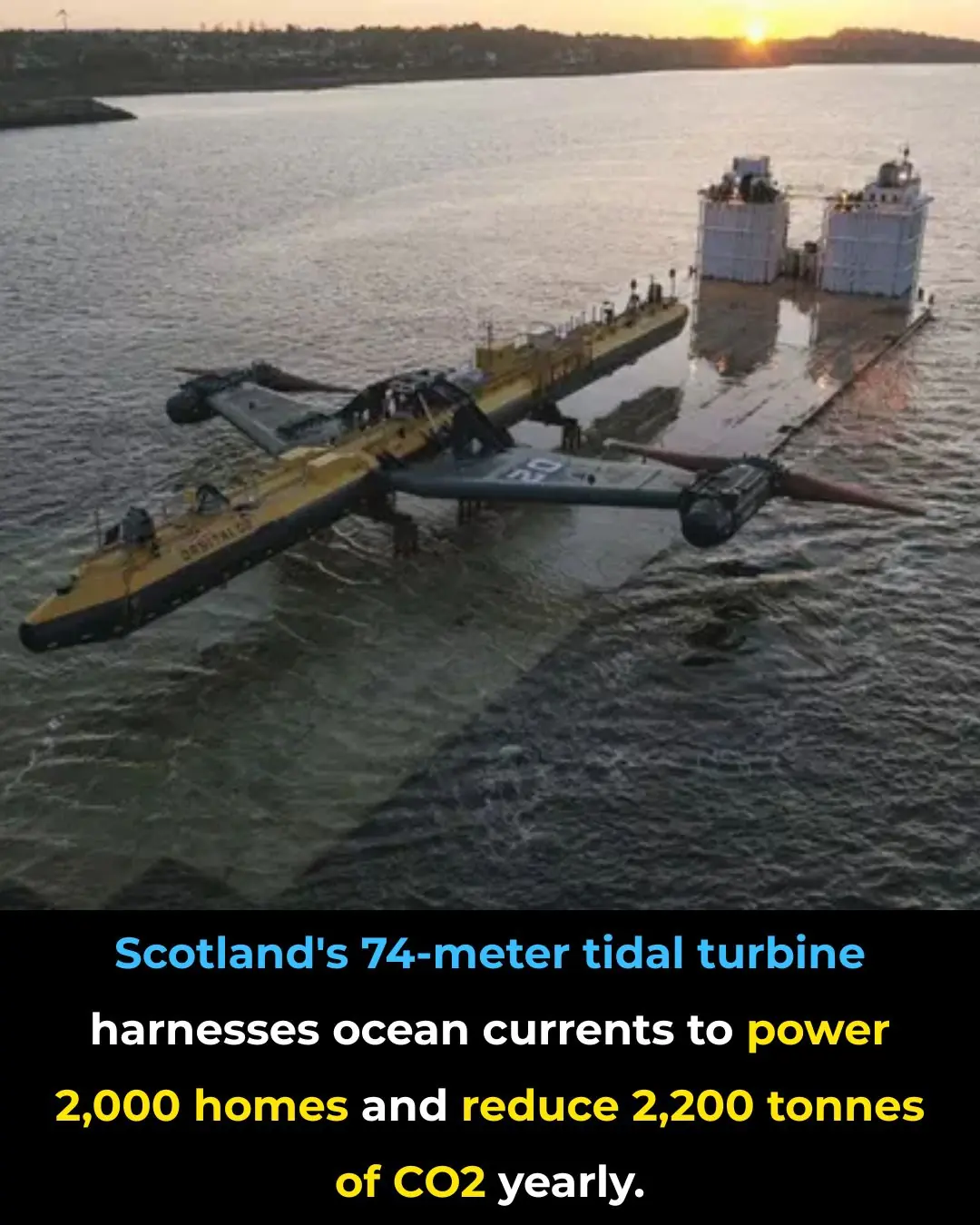
The Tidal Turbine Quietly Powering the Future of Clean Energy

🏙️ The Urban Evolution: Shorter Snouts on City Raccoons Signal the Early Stages of Domestication

🥚 Debunking the Cholesterol Myth: Why Eggs are a Powerhouse Food for Metabolic and Heart Health

💔 The Biology of Solitude: Brain Imaging Confirms Loneliness is Processed as Physical Pain

🐣 Nature’s First Classroom: The Secret World of Pre-Hatch Communication and the Incredible Survival Skills of Baby Chicks
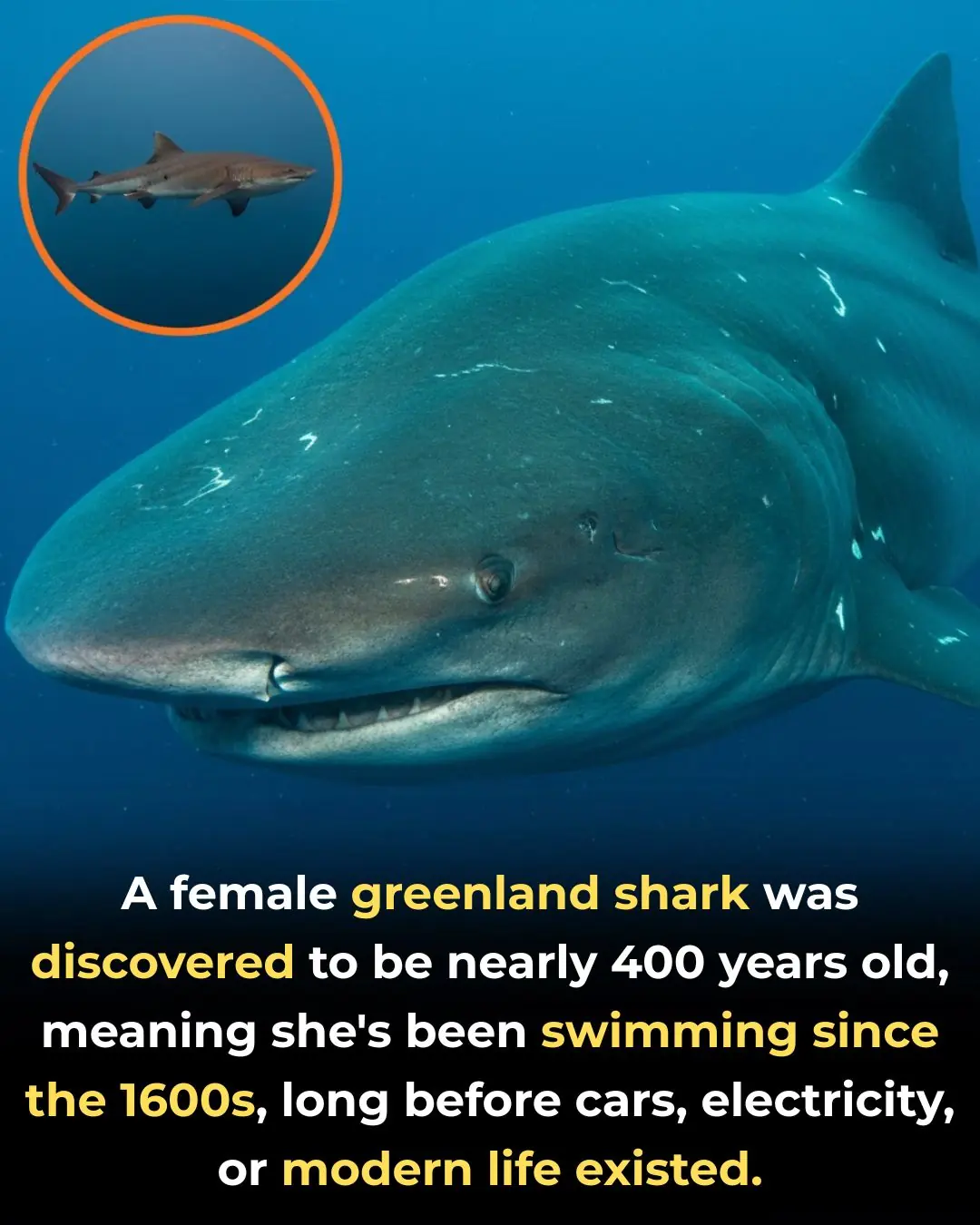
🦈 The Living Timeline: The 400-Year Life of the Greenland Shark, Earth’s Longest-Lived Vertebrate
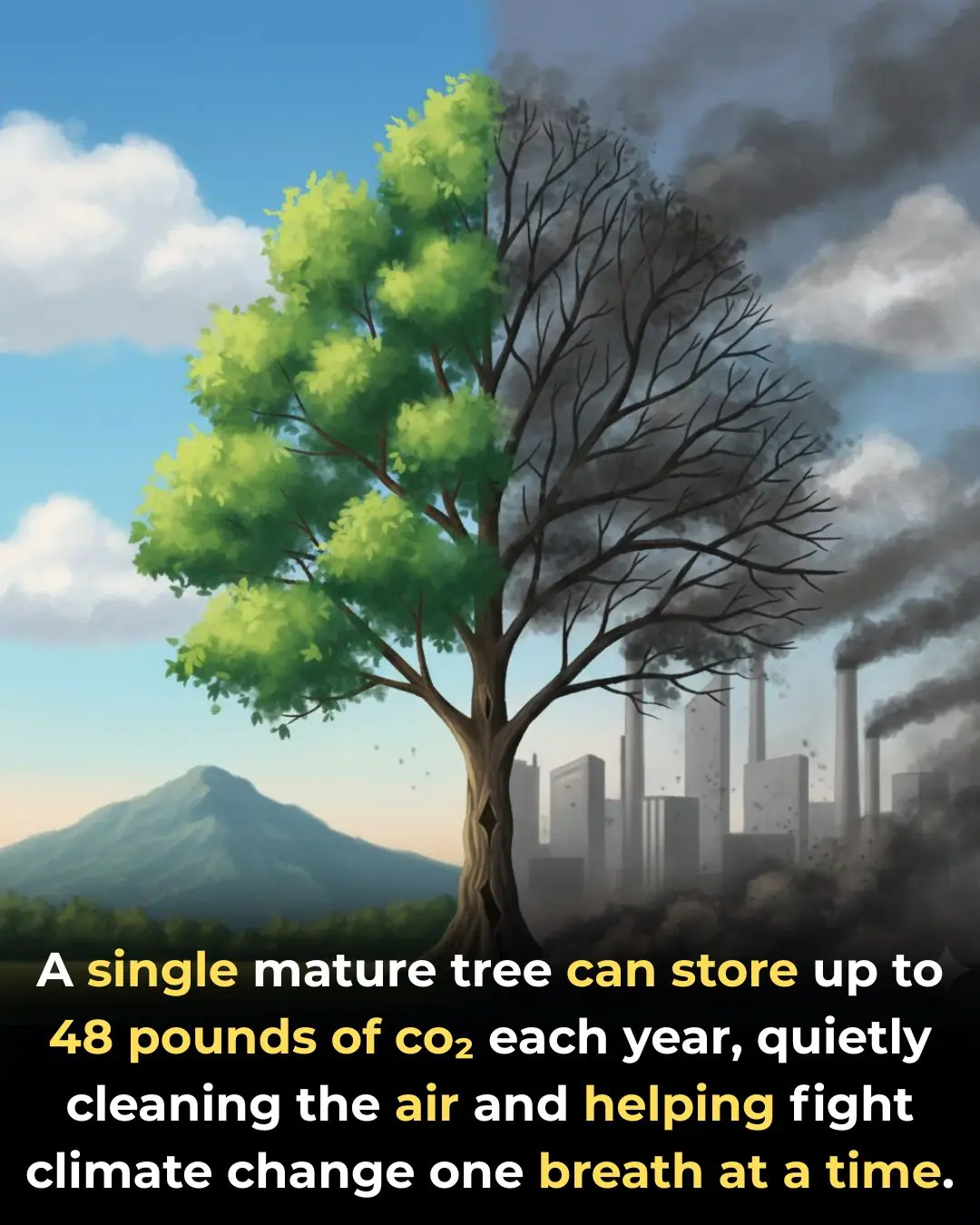
🌳 The Quiet Giants: Trees as the Earth’s Most Powerful, Multifunctional Climate Allies

When an Owl Visits Your Home
News Post

7 Natural Remedies to Beat Constipation Fast — And Why the Fig Trick Works So Well

Australia’s Mining Giants Go Green: Hydrogen-Powered Haul Trucks Transform Heavy Industry

Germany's Historic Negative Energy Prices: A Milestone in Renewable Energy's Potential and Challenges

Lemon & Cucumber Fusion: The Unexpected Wellness Drink Taking Over November 2025

The Incredible Hybrid Plant Growing Tomatoes and Potatoes in One

Bravery and Compassion: A Villager's Heroic Rescue of a Baby Elephant

Toyota Corolla's Timeless Legacy: 2 Million Kilometers on One Engine

7 Colorful Smoothies for a Healthy Week + MORNING DETOX DRINK

Refrigerator has a small button that can save millions in electricity bill

Boosting Hair Growth Naturally with Red Onion, Cloves, and Rosemary

Can a Tea Bag Really Keep Mice and Spiders Away

From Party Boy to Math Genius: How a Life-Changing Blow Unlocked a Hidden Talent

12 Bizarre Symptoms of Vitamin D Deficiency You Need to Know

Japanese Biologist Wins Nobel Prize for Groundbreaking Discovery of Autophagy and Its Potential in Medicine

Revealing the Human Heart: A Stunning Look at Its Circulatory System Without Muscle or Fat

8 warning signs of colon cancer you should never ignore

Young Boy’s Heartwarming Gesture of Generosity Moves Restaurant Staff to Offer Free Meal

The Best Tea to Start Your Morning and After Dinner: A Powerful Blend for Wellness

This old school home remedy will soothe your back, joints & knee pain in just 7 days!
